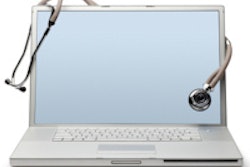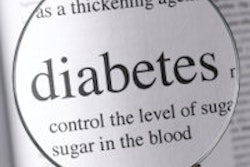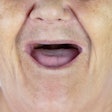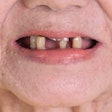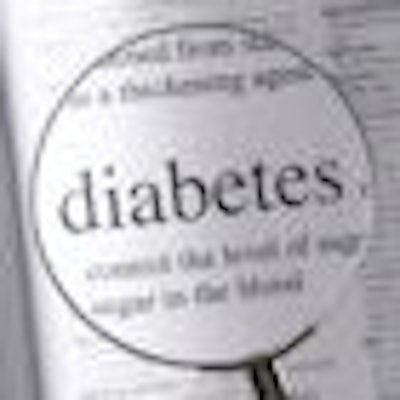
A new study suggests that dentists can accurately screen patients for diabetes and prediabetes using results from two measures they already routinely assess in clinical work (Journal of Dental Research, July 2011, Vol. 90:7, pp. 855-860).
Even so, whether most dental offices will add this to daily clinical practice remains a question mark.
Columbia University investigators studied new patients who presented for dental care at the Columbia University College of Dental Medicine Triage Clinic between April 2009 and March 2010. They included in their study people who had not previously been told they had prediabetes or diabetes and who were non-Hispanic white individuals older than 40 years of age or Hispanic or nonwhite individuals older than 30 years of age.
Study subjects also self-reported at least one of the following risk factors: family history of diabetes, hypertension, high cholesterol, overweight/obesity, and continuing to receive a periodontal examination and a point-of-care HbA1C test.
— Evie Lalla, DDS, Columbia University College of Dental Medicine
A total of 535 patients received a periodontal examination and a point-of care HbA1C test. HbA1c testing was done with a fingerstick blood sample and a benchtop analyzer. Following an overnight fast, 506 patients also returned for a second appointment for a fasting plasma glucose test to identify potential prediabetes (100-125 mg/dL) or diabetes (0.126 mg/dL).
The team identified 182 individuals as having abnormal fasting plasma glucose. Of these, 21 (4.2%) were potentially diabetic and 161 (31.8%) were potentially prediabetic. The average age among people with abnormal fasting plasma glucose was significantly higher than among the other patients, at 51.4 versus 55.6 years (p < 0.01).
Furthermore, the number of missing teeth and percent of deep pockets were both significantly higher in the abnormal fasting plasma glucose group. The prevalence of self-reported hypertension, hypercholesterolemia, and being overweight was also significantly higher in the abnormal fasting plasma glucose group.
Using statistical analyses, the investigators determined that the optimal cut-off for identifying diabetes or prediabetes is the presence of at least 26% of deep pockets or at least four missing teeth. They found that, together, these two measures could correctly identify 73% of true cases with previously unrecognized hyperglycemia. The addition of a point-of-care HbA1c of ≥ 5.7% increased correct identification to 92%.
"This should be part of what we do; we're treating the whole patient so we should care about their overall health," said lead author Evie Lalla, DDS, of the Columbia University College of Dental Medicine. "The main goal of the study was to make this screening procedure as simple as possible and as quick as possible so we don't interfere a lot with the everyday doings. This is nothing outside of what we do every day -- except the HbA1c, which is optional -- it's just putting the pieces of the puzzle together. Our findings provide a simple approach that can be easily used in all dental-care settings."
However, it is unclear how many dentists will actually add diabetes screening to their daily practice, even with the simplified technique described by Dr. Lalla and her colleagues. Marc Whitmore, DDS, who heads Whitmore DDS in Plano, TX, said that while he agrees the suggested screening procedure is easy and that screening is important, it is unlikely most dental offices will do it.
"In fact, much like comprehensive oral cancer screening, it is unfortunately a niche service," he told DrBicuspid.com. "Some dentists and dental personnel are actively educating patients about their overall systemic health and the implications of the oral health markers. But is this level of concern common in our profession? Sadly, no."
Nonetheless, Dr. Lalla believes in having "more dentists embrace the idea and become more willing to do this."




